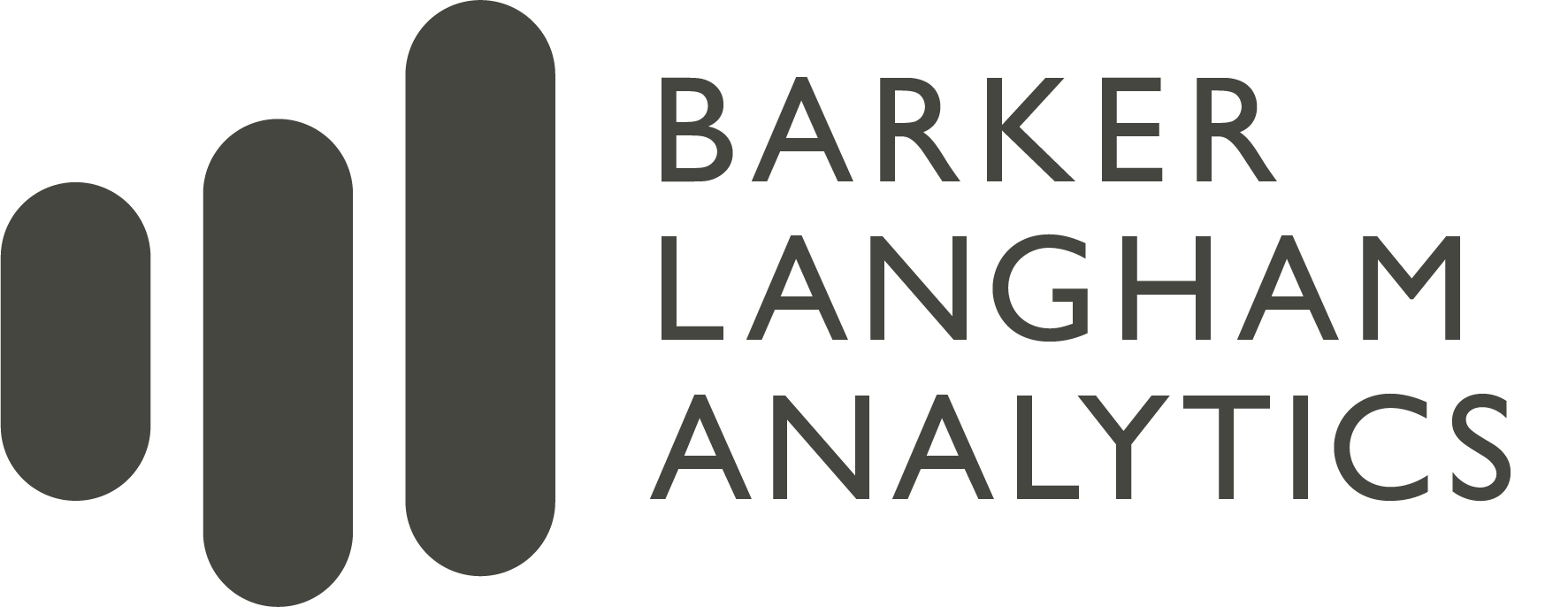Evolution of Organization Models
Emergent thinking on the Organisation Prioritization Model (OPM)
The core idea behind part 1 of The Social Organization is that connections and relationships between people working in an organization are now so important that they need to be included in our organization models, along with the people who have these relationships. I therefore present the Organization Prioritization Model, or OPM, as a basis for better and more modern organization design.
As well as incorporating a connections element, this offers several other benefits:
It includes a greater number of elements, corresponding to the increased complexity of the business world, but groups these into just four core elements, supported by a range of organizational and HR enablers, to keep the high-level model simple.
The four core elements are clearly the major aspects of today's organizations - to me at least. They certainly improve on the organization models used today by most designers.
E.g. I was brought up in my early career as a change manager on Jay Galbraith's Star Model. Galbraith's thinking is great but people find the distinctions between reward and people / HRM policies and other more general processes, and also between reward and people / HRM, really difficult.
I have therefore tended to find McKinsey's 7S more useful, but this model is clearly dated and I'm sure that if McKinsey were developing something similar today they'd include an 8th S for social relationships. The model has also got that rather obscure style element, which whilst being limited to just one element, which I think is more useful than just talking about culture, which really relates to the model as a whole, means the model is more difficult to actually design. I think if you incorporate social relationships (connections) you don't need something like style so much (though I also refer to work styles as one of my enablers which are also somewhat obscure but are also much more limited in scope than style).
I also like Andrew Campbell's Operating Model Canvas, though I think organization models and operating models are slightly different things and I'm not really a fan of the trend for everything to have to be presented as a canvas. I've been really busy over the last year since this and my own book / model were published, but I will blog on Andrew's canvas, and how this can be used in a complementary way to the OPM, soon.
I also think all these other models give too much focus to structure (organisation in Andrew's canvas) whereas I'd suggest many of the other elements, and particularly the four core elements in the OPM have more impact on an organization than this.
The four main elements in the OPM are:
Work - the undertakings of the organization, performed through the design, implementation and improvement of processes, projects and services.
Infrastructure - the hard, tangible aspects of an organization which provides the foundation for how, or the container within which, people do the organization’s work, and includes ownership and governance, budgets, locations and buildings, head office and support services, knowledge, technology and data.
People - their number and especially their relevant qualities such as ability, motivation and diversity.
Connections – i.e. the links people have to other people; relationships - built upon these connections; and conversations - taking place within these relationships
The next outline the enablers in the model and explain the role of structure (I call it superstructure to differentiate it from the core infrastructure element).
Jon Ingham
Associate Consultant, Barker Langham Recruitment
A world-renowned consultant, trainer, keynote speaker and analyst, Jon specializes in helping organisations apply academic research, new technology and innovation to the way they generate competitive advantage through their people. Offering support across the full breadth of people management and organization development, he responds to the increasingly profound transformations underway in the world of work through the creation of human and social capital supported by effective leadership, organisation design, HR and management practices, organisation development interventions, the use of digital and social media tools, and strategic approaches to workforce analytics. Jon is a media partner for Economist's Talent Management Summit 2011 - 2016. He is also recognized by HR Magazine as the 7th Most Influential UK thinker (2013) and by HR Examiner as the #1 top global online influencer in talent management (2010), and a top 100 global influencer in HR (2010). Jon was named in the 2017 Human Resource’s Gurus: Picking HR’s Ultimate A-Z Team and is ranked 41 in Sage's top 100 Global Business Influencers for 2017. He is consistently recognised in HR Influencer lists as making outstanding contributions to the industry; consistently innovating and inspiring others to create fulfilling workplaces. With a BA in Psychology, an MBA and a master’s degree in Engineering, he is also a Fellow of the Chartered Institute of Personnel and Development.
Author, The Social Organization
#TheSocialOrganization
www.linkedin.com/in/joningham
www.joningham.com
jon@barkerlangham.co.uk




